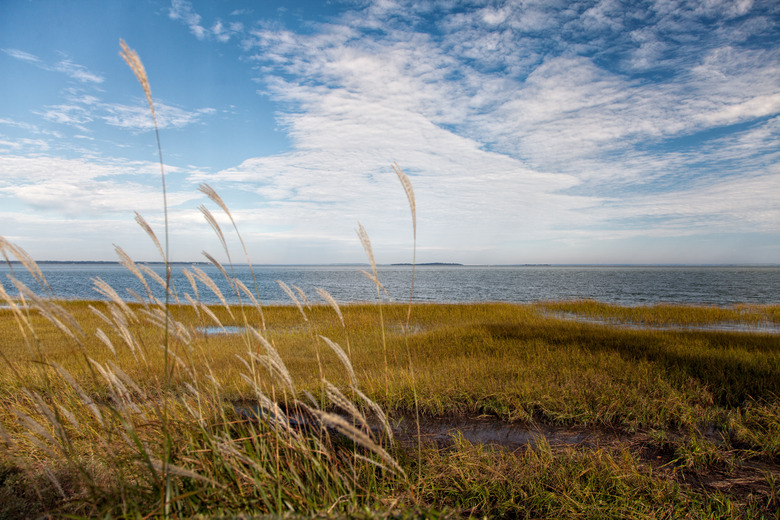About The People Of The Coastal Plains
The people of the Coastal Plains and the coastal plain region lived along the Atlantic coast in an area ranging as far north as New Jersey and as far south as Florida. Native American tribes in these areas developed settled villages, elaborate cultures and a variety of languages. Tools, art, and implements of daily living all remain as a testament to the rich environment and communities that thrived on the Coastal Plain.
Coastal Plain Region Geography
Coastal Plain Region Geography
The geography of the Coastal Plains impacted the people who made this region their home. This area is generally wet with marshes, swamp land and rivers. The overall moisture contributed to a rich environment with many natural food sources.
There is a wide diversity of species in this area and the land is generally low and flat. The existence of waterways rich with fish and other foods made this a prime area for population growth and development. Fish and other aquatic creatures were common for both diet and other uses amongst the people of this area.
Read more about the landforms and natural resources of the coast plain.
Time Frame
Time Frame
Evidence of human inhabitants along the Coastal Plain dates as far back as 12,000 to 10,000 B.C. There is limited evidence of human life in the Paleoindian period. Groups were likely small and nomadic, but various simple stone implements dating to this period have been found. The peoples of this period followed animals, hunting to survive.
The Archaic period from 10,000 to 8,000 B.C. shows evidence of more developed settlements and larger communities, with a likelihood that the groups moved seasonally. The Woodland period from 8,000 B.C. to 1650 A.D. saw the development of settled villages and increased technology, including the bow and arrow for hunting and warfare.
History
History
Given the wide geographic area, the cultures of Native American tribes in the coastal plains region varied considerably. Some of the tribes that lived along the Atlantic coast and are particularly familiar to the modern student include the Susquehannock, Nanticoke and Powhatan Tribes. The Woodland period is the most significant period in the development of Native American cultures and civilizations in this region.
While each tribe had its own faith, language and culture, all developed improved pottery, more elaborate religious beliefs and rituals and improved weaponry, including the bow during this time. Increased technology was accompanied by a growing focus on agriculture and village life.
It's interesting to see the differences in religion, clothing, lodging and diet that vary based on location. For example, marshy environments would lead to differences in lodging compared to sandier or drier coastal plain region environments.
Read more about the Native American tribes from 1500 to 1600.
Significance
Significance
Many people today are most familiar with the Woodland peoples and period as mound builders. While mounds exist in areas outside of the Coastal Plain, many are found in this region.
Mounds range from small simple raised areas of land to elaborate animal shapes. These earthworks were likely platforms for significant structures, including homes, religious structures and burial enclosures. Other groups in the Coastal Plains used oyster shells for burial monuments. Shells were also commonly used in jewelry and other decorative pieces.
Considerations
Considerations
The Native American tribes of the coastal plain were unique and different from one another, but there are shared traits and commonalities. They most often settled along the water, using the rivers and Atlantic Ocean as a primary food source.
Lodgings were simple, relying on timber and bark. Stone construction was not used. Art created by these peoples includes many items used in both ritual and daily life. Pipes, pottery and beads all survive as a testament to the creativity and vibrancy of these varied civilizations.
Cite This Article
MLA
Powell-Smith, Michelle. "About The People Of The Coastal Plains" sciencing.com, https://www.sciencing.com/people-coastal-plains-4571634/. 22 November 2019.
APA
Powell-Smith, Michelle. (2019, November 22). About The People Of The Coastal Plains. sciencing.com. Retrieved from https://www.sciencing.com/people-coastal-plains-4571634/
Chicago
Powell-Smith, Michelle. About The People Of The Coastal Plains last modified August 30, 2022. https://www.sciencing.com/people-coastal-plains-4571634/
